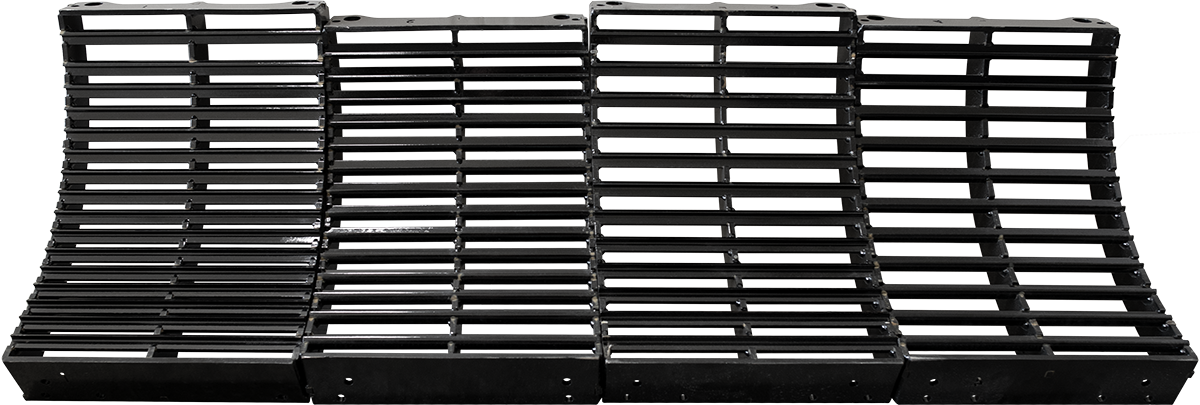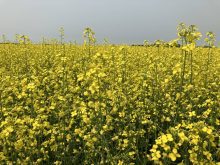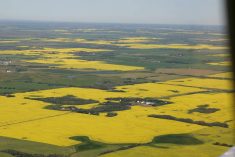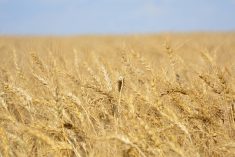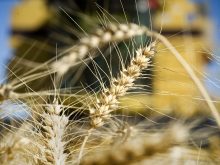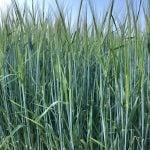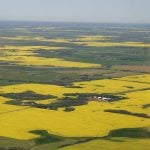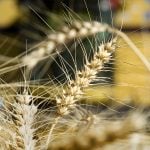The United States was investigating a possible second case of BSE at the Western Producer’s deadline June 13.
The news had pressured Chicago cattle futures lower and was supporting hog futures.
Rain forces higher bids
The heavy rain in southern Alberta slowed cattle movement and packers were forced to raise bids last week to get needed supply.
In the end, fed cattle price averages rose by $1.50-$2 per hundredweight, said Canfax.
More than 27,000 head sold, up 15 percent from the week before. Continued interest in the set-aside program saw 62 bidders participate at an average daily feed cost of $1.34.
Read Also
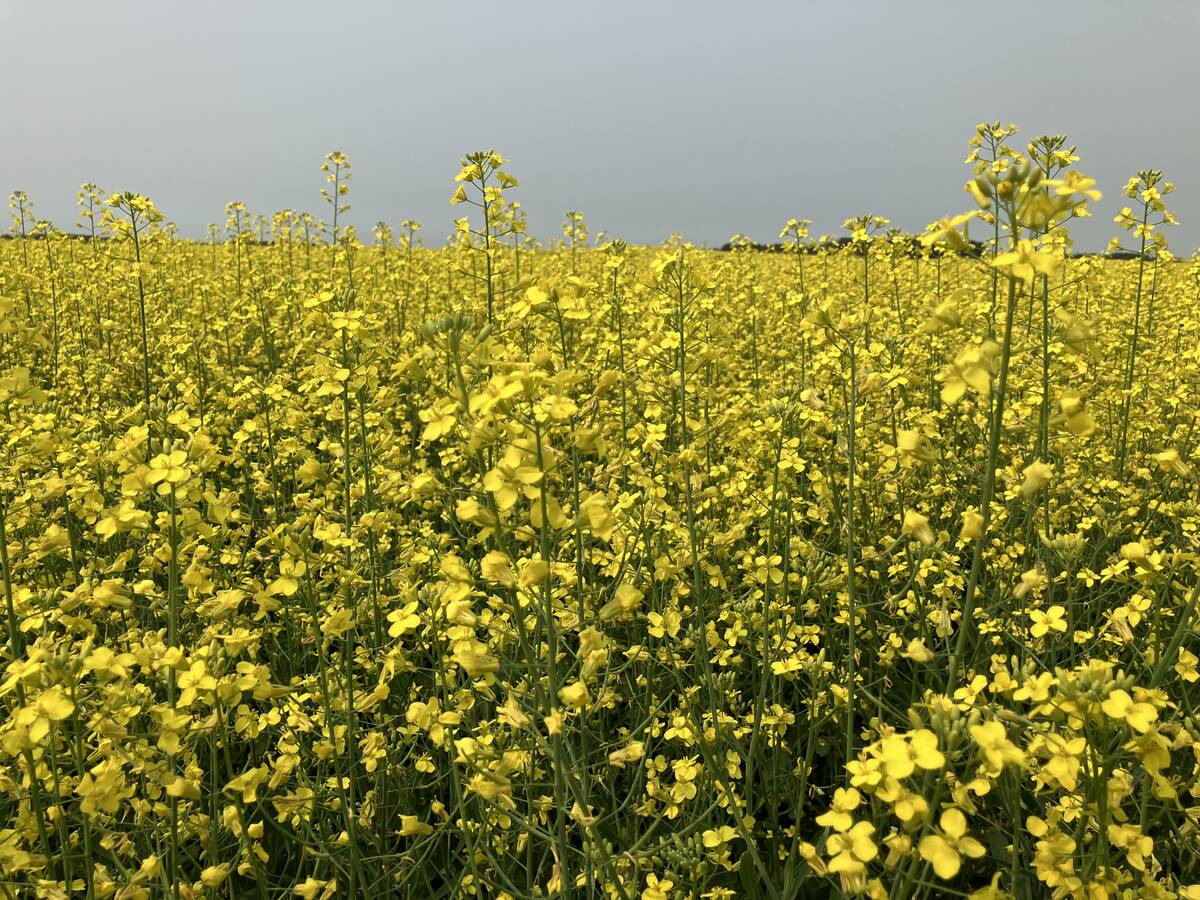
Strong canola exports expected to tighten supply
Canola exports will end up the third strongest in the past 10 years, according to recent Canadian Grain Commission weekly export data.
The rain slowed operations at Cargill in High River, resulting in a smaller kill for the week.
Alberta prices June 9 in limited trade saw steers bring $79 per cwt. live and $133.65 rail grade while heifers topped at $81.50. A steady market in the United States and a firmer price in Canada narrowed the basis level in Alberta to -$25 compared to -$34 four weeks before.
There is no oversupply of market-ready supplies in Canada so packer interest should remain good, Canfax said.
But in the U.S., feeders have held back cattle this spring to pressure packers to maintain high prices in the face of falling wholesale beef prices. Carcass weights are rising, indicating that supplies are backing up.
Beef price weakens
Canadian cutouts dropped $4-$5 per cwt. two weeks ago, following the weaker U.S. market.
Last week, U.S. cutouts were steady on Select and 50 cents lower on Choice compared to the week before, said Canfax.
Calgary wholesale beef carcasses for delivery this week are steady at $134-$136.
All Canadian packers reported slower sales, a surprise given Cargill’s slowdown due to the rain.
The weather has turned hot in the eastern half of the continent, which should have consumers firing up barbecues.
Soggy feedlots
The rain dampened activity at Alberta auction markets with volume down 37 percent from the week before at about 16,000 head, said Canfax.
Steers 300-800 lb. traded $1.25-$2.50 per cwt. lower than the week before, while 800-900 lb. were $1.75 higher. Steers 900 lb. and heavier were off slightly.
Heifers 400-600 lb. rose $1-$2.25, 600-700 lb. fell 75 cents, and 700-900 lb. were steady to $1 higher. Heifers 900 lb. and heavier were $1 lower.
D1, 2 cows were steady at $24 and butcher bulls gained $1.
Soggy feedlots might be slow to jump back in the market. But the rain should be good for grass, increasing interest in lighter cattle.
Stock bred cows in northern Alberta brought $300-$600, while in central Alberta prices were $600-$1,000. Bred heifer trade in northern Alberta was $300-$600. Pairs saw a large spread depending on quality with trade in northern and central Alberta at $300-$1,450.
Hogs steady
Cash hogs in the United States Midwest markets traded mostly steady last week.
Packer margins returned to the black late in the week after pork prices rose.
The U.S. Department of Agriculture composite pork carcass cut-out value rose to $68.37 US per cwt. June 10, up from $65.36 June 3.
Iowa and southern Minnesota hogs traded mostly at $49-$50 delivered to pork plants.
Nearby Chicago lean hog futures were supported by expectations that cash markets would still be firm this week. But the outlook is for cash prices to weaken once pork demand for the U.S. Independence Day holiday has been completed.
There is a lot of pork in storage and production is expected to rise.
Sheep steady
Ontario Stockyards Inc. reported 2,157 sheep and lambs and 241 goats traded. All classes of sheep, lambs and goats sold actively at steady prices.

